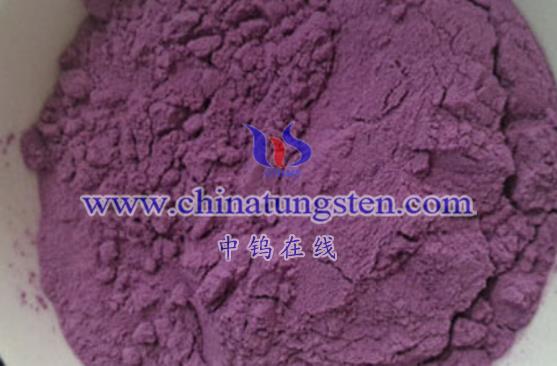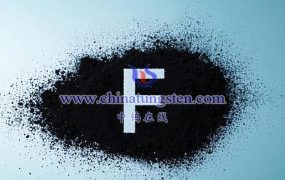
Tungsten oxide nanospheres are a type of tungsten oxide material with a nanometer-scale size and a spherical morphology. Below is a detailed explanation of tungsten oxide nanospheres:
- Definition and Characteristics
Definition:
Tungsten oxide nanospheres are tungsten oxide materials with particle sizes in the nanometer range (typically less than 100 nm) and a spherical shape, synthesized through specific methods.
Characteristics:
- Nanometer-Scale Size: The extremely small particle size of tungsten oxide nanospheres significantly increases their specific surface area, providing more active sites and reaction interfaces.
- High Specific Surface Area: Their small size leads to a much larger surface area compared to bulk materials, facilitating surface reactions such as adsorption and catalysis.
- Superior Stability: The nanostructure enhances the chemical and physical stability of tungsten oxide, enabling it to withstand certain environmental changes.
- Customizability: By altering preparation conditions, the size, morphology, and surface properties of tungsten oxide nanospheres can be tailored to meet the requirements of various applications.
- Preparation Methods
Tungsten oxide nanospheres can be synthesized using various methods, including chemical synthesis, hydrothermal methods, solvothermal methods, and high-energy ball milling. Each technique has its advantages and limitations, but all can produce nanospheres with specific shapes and sizes under appropriate conditions.
- Applications
Photocatalysis:
Tungsten oxide nanospheres serve as efficient photocatalysts, widely used in water splitting, hydrogen evolution, and pollutant degradation due to their excellent light absorption and catalytic properties.
Energy Sector:
- Lithium-Ion Batteries: They function as electrode materials, enhancing charge/discharge rates and energy storage capacity due to their high surface area and nanostructure.
- Solar Cells: As light-absorbing or electron-transport layers, tungsten oxide nanospheres improve the photoelectric conversion efficiency of solar cells.
Sensors:
Their high surface area and exceptional electrical properties make tungsten oxide nanospheres ideal for fabricating gas sensors, humidity sensors, and other sensor types, offering high sensitivity and quick response times.
Biomedical Applications:
- Drug Delivery: With excellent biocompatibility and tunability, tungsten oxide nanospheres can deliver drugs in a targeted and controlled manner, enhancing therapeutic efficacy and safety.
- Bioimaging: They can also serve as imaging probes for early diagnosis and monitoring of diseases.
Other Fields:
Tungsten oxide nanospheres exhibit promising potential in coatings and pigments (e.g., thermal insulation and UV-blocking paints) and catalytic reactions in the chemical industry, providing high activity and selectivity.
- Precautions
When preparing and using tungsten oxide nanospheres, attention must be given to their stability and safety. Due to their unique physicochemical properties, nanomaterials may pose certain risks to human health and the environment.
- During Preparation: Ensure controlled conditions to guarantee product quality and safety.
- During Application: Adopt proper protective measures to avoid potential harm to humans and the environment.
Conclusion
Tungsten oxide nanospheres are a promising nanomaterial with unique structures and exceptional properties, showing great potential across various fields. As advancements in science and technology continue, the preparation techniques and application domains of tungsten oxide nanospheres are expected to expand and improve, unlocking new possibilities in multiple industries.
More details of tungsten oxide product, please visit website: tungsten-oxide.com
Please contact CHINATUNGSTEN for inquiry and order of tungsten oxide:
Email: sales@chinatungsten.com
Tel.: 86 592 5129595






